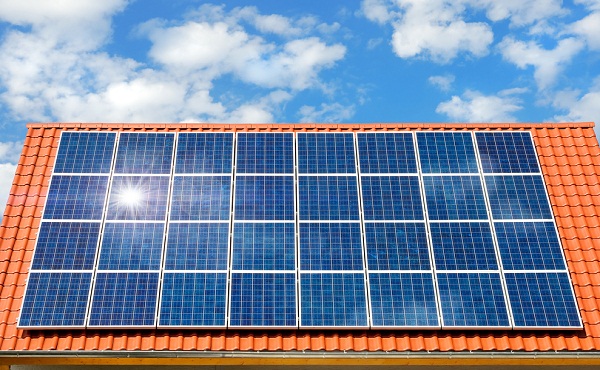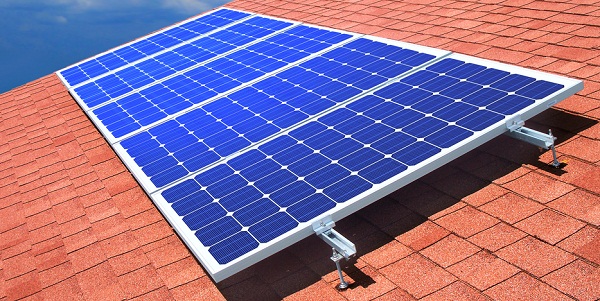Easily recognizable as blue squares on rooftops, crystalline silicon-based solar photovoltaic (PV) panels are perhaps the oldest and best-known form of solar power.
But even as thousands of startups globally work to design solar panels and cells from various other kinds of materials—some that are supposedly cheaper or more efficienct or more versatile—thousands of other entrepreneurs are working to prefect the old-fashioned crystalline silicon panel.

Slightly over a year ago, the Dow Chemical Company began production of polyolefin encapsulant films that are intended to protect solar panels, extend their service life and preserve ther reliability. According to the research and development team that designed the Enlight Polyolefin Encapsulant Film, panels that are not protected lose power after about 2,000 hours of operation. A panel covered in the protective film can operate for over 10,000 hours without showing any power loss. With solar panels already eliminating the need for the purchase of fuel, the protective film has the ability to make panels virtually maintenance-free for years.
The product has already seen much success in the market. Since the first productin of the protective film last year in Findlay, Ohio, Dow Chemical has opened two new manufacturing plants, in Map Ta Phut, Thailand, and in Schkopau, Germany, for the film that will come online later this year.
Over 100 years old, the Dow Chemical Company is an American chemicals company that has innovated in a wide range of fields and has already produced several solar products, including home rooftop solar shingles. Its most recent solar panel protective film, whose performance was validated by a German solar certification company in late February, is joining a long line of energy efficiency and renewable energy products that the company has began to produce.
Like solar monitoring companies, whose job is solely to collect data on panel performance and advise owners on cleaning and maintenance of solar PV panels, the protective film is a product that is being sold to enhance already existing technology. It illustrates the exponential effect of each new scientific and engineering breakthrough in the energy industry: a revolutionary technology comes online, and dozens of secondary products pop up to support and enhance the product, making it as effective and efficient as possible. When the technology is improved just a little bit more, those supporting products improve incrementally as well.

We’ve already seen this with fossil fuel technology or traditional fuel-combustion engines that have become more and more fuel efficient over the years. In the renewable energy world, these enhancement products have also included battery storage, molten salt energy storage, wind and solar-firming gas turbines that can ramp power up and down in minutes and various other creative applications for solar technology, wind turbines, wave power devices and tidal power products.
Dow’s new protective panel film is a reminder to pessimists and renewable energy critics that intermittent electricity generation can become better, more efficient, more predictable and more customer-friendly than we might have ever previously imagined.